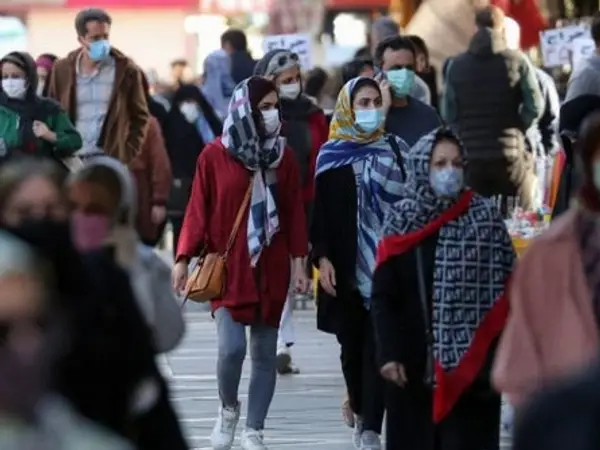Rents in Iran have jumped 47 percent this year in line with general inflation amid sanctions, putting tremendous pressure on millions of people in large cities.
The Central Bank of Iran says people who had to renew leases in the past six months had to accept huge rent increase demands by landlords or move outside big cities, where they could find comparably cheaper housing.
The huge in crease in rents is coupled with more than 60 percent jump in food prices that impacts low-income and salaried workers most. As high double-digit inflation has dogged Iranians since 2018 when the United States imposed sanctions, salaries have not kept pace with the cost of living. In three years, salaries have barely doubled while each year compound inflation has weakened purchasing power.
As an example, if in 2018 an item jumped from 10-15 dollars, in 2019, 50-percent inflation meant that it jumped to $22.5 and in 2020 it rose to $34. Cumulatively persistent annual inflation made the item more than three times more expensive, while salaries rose much slower.
The highest rent increase was in the capital Tehran where it shot up by 50-55 percent this year. Residential prices also rose to about 320,000 million rials for each square meter or about $120 per square foot.
Interestingly while this has also tripled in about three years in local currency, it has remained the same calculated in US dollars, because the local currency keeps losing value. On Monday, the dollar was trading at more than 290,000 rials on the open market, when three years ago it was one-third of that.
Tenants started two signature collection campaigns in August and September asking the government to intervene and control rents, but except lifting of US sanctions and fundamental economic reforms, there is little the government can do.
While Islamic Republic officials claim that Iran has withstood pressure from the United States’ sanctions, in fact it is the people who have endured the brunt of the economic crisis. By some estimates, about 50 percent of Iranians are now considered poor. Many of them were part of the middle class just three years ago.
Consumption of nutritious food such as meat, dairy products and fruits has declined, with wage earners making around 100-150 dollars a month. For foreigners, prices in Iran might seem low, with beef at around $2 a pound, but for a family of three on a $100 monthly income, meat is out of reach, except maybe a limited quantity once every two weeks.
Some former politicians and public figures have warned of serious discontent and possible unrest, cautiously pleading with the country’s leaders to reach agreement with the United States to remove the crippling sanctions, but the ruling hardliners keep promising things will get better and boasting of military and nuclear advances.
